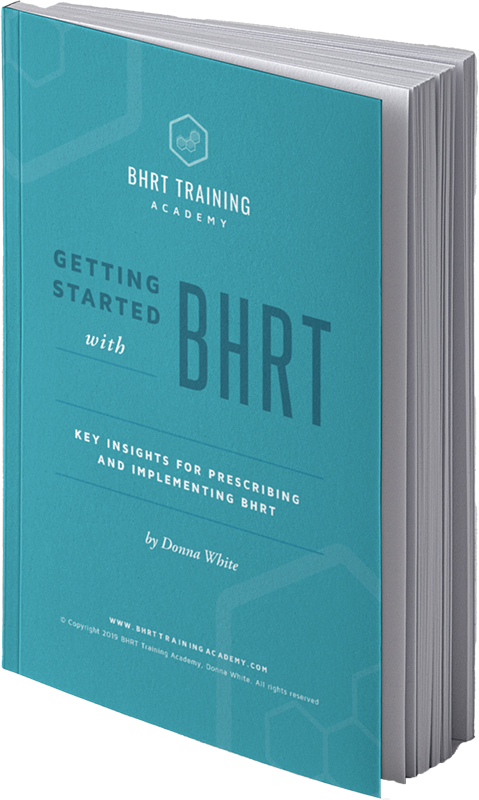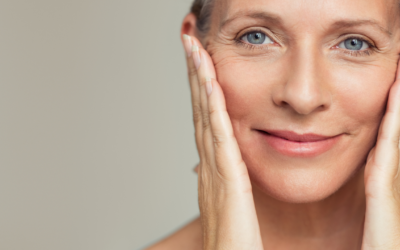Blog
We hope you find our blogs informative! They are written to help you learn more about BHRT and to keep up with the latest information on cutting-edge health and wellness modalities and the most up-to-date information on bioidentical hormones.
6 Proven Metrics You NEED To Understand to Grow Your BHRT Practice
As a BHRT Provider, you must learn the clinical side to complete your bioidentical hormone replacement therapy certification. But it’s equally important to learn how to build, grow, and market your practice to get more patients in the door and do what you do best.
How to Assess and Treat Hormonal Imbalance in Women
Hormonal imbalance in women is extremely common, especially around menopause. Symptoms like hot flashes, night sweats, foggy thinking, low sex drive, weight gain, fatigue, and mood problems can impair a person’s daily life and sometimes be debilitating.
Let’s Talk Thyroid Medication
Millions of people across the U.S. suffer from thyroid-related disorders, which can be managed through thyroid medication made of thyroid hormones. The careful administration of specific types of thyroid hormones can help reduce and reverse the symptoms of some thyroid conditions.
Menopause and Hormone Replacement Therapy: Treatments for Top Symptoms
Almost everyone will face hormonal imbalance symptoms at some point in their lives. Some will struggle with severe symptoms, and they might be mild for others. Hormones are a vital part of the body’s ability to function normally and influence everything from reproduction to mood.
How to Treat Low Progesterone Symptoms
Have your patients been coming in with low progesterone symptoms? Hormonal pathways are complex, and it can sometimes be challenging to diagnose based on a set of generalized symptoms.
How Do You Lower Your Cortisol Levels?
Are your patients concerned about stress and wondering how to lower cortisol levels?
Although it gets a bad rap, cortisol is an essential hormone for overall functioning and helps us manage stress. Unfortunately, more and more people today suffer from high-stress levels, leading to continuously high cortisol, which can lead to or exacerbate dangerous health complications, including high blood pressure, heart disease, and diabetes.
What’s the Difference Between Pregnenolone and DHEA?
Considering giving your patients a pregnenolone or DHEA supplement? Hormones are important for all aspects of our lives, and hormone therapy—BHRT or otherwise—can be a crucial part of supporting people’s health and well-being when they are struggling with hormone-related symptoms.
Addressing and Treating Hormonal Imbalance in Women
Hormonal imbalance likely affects all of us—both men and women—at one time or another, especially as we age. Our endocrine systems are so delicate that even small changes in hormone levels can lead to severe symptoms. They are also connected with a myriad of other health issues.
Bioidentical Hormones Market Size and Forecast
Are you thinking of using bioidentical hormones as part of your wellness treatments in your clinic or practice? Bioidentical hormone replacement therapy (BHRT) is a global wellness trend that shows promise in offering women relief from menopause symptoms, but also has plenty of other applications.
6 Key Levers Every Practice Must Monitor for Financial Success
Running a clinical practice isn’t an easy feat. Running a successful practice can be even more daunting. There are some key performance indicators that you must be on top of to ensure that you achieve financial success for your hard work.

Get the quick read ebook,
Getting Started with BHRT -
Key Insights to Prescribing and Implementing BHRT.
CME's - Earn while you learn.
Terms of Service | Legal Disclaimer | Privacy Policy










